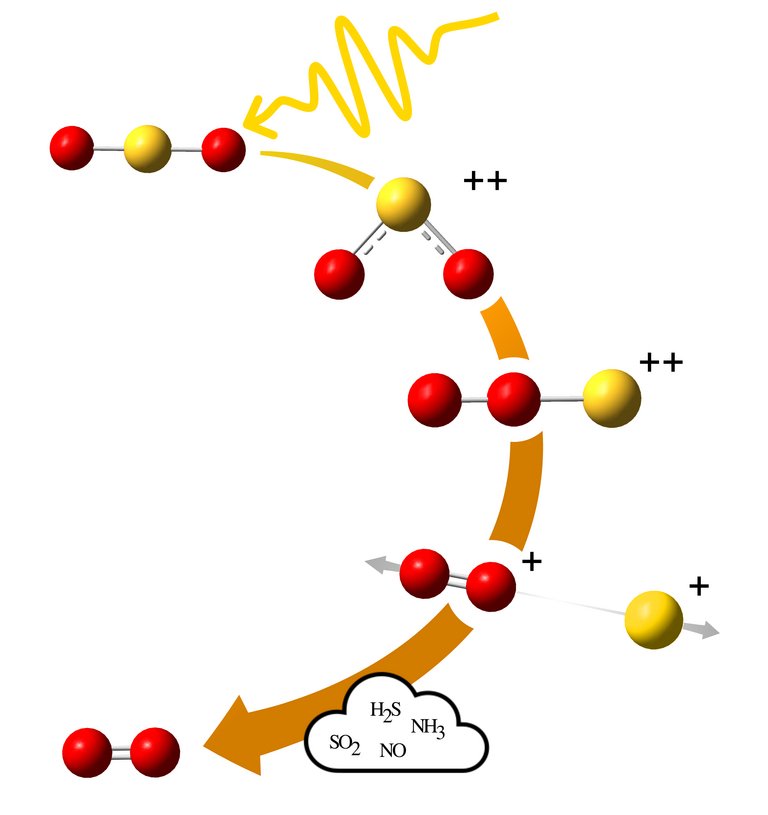Traditionally, oxygen is considered one of the best biomarkers. This is due to the fact that on Earth most of it is formed as a result of the activity of living organisms. However, recently, researchers have found an alternative way to synthesize it from sulfur dioxide.

Oxygen may not be a biomarker
Molecules which presence testifies to the existence of life on a certain celestial body are called biomarkers. Traditionally, one of them is called oxygen. It became one of the most important gases of the earth’s atmosphere during the Great Oxygenation Event more than 2 billion years ago, and since then most of it is produced by living organisms in the process of photosynthesis.
However, recently researchers from the University of Gothenburg in Sweden published a study in Science Advances in which they proved that atomic oxygen in the atmosphere can be formed without the participation of living beings.
A new way of its synthesis is associated with volcanoes that emit sulfur dioxide into the atmosphere. The star’s radiation can ionize this molecule and begins to freely change its configuration. At the same time, the oxygen atom in its composition can move relatively freely, forming strange configurations.
At some point, under the influence of the same radiation, the molecule can break apart in such a way that two oxygen atoms joined together break away from sulfur. Then they acquire an electron from the outside and turn into a stable molecule.

What does this mean in practice?
In practice, all of the above means that the presence of atomic oxygen on a celestial body is not at all a sign of the presence of life on it. Volcanoes are very common in the universe. In particular, the oxygen that the automatic devices found near the moons of Jupiter Io and Europa is most likely the result of volcanic activity on them.
And on the Earth, a significant amount of this gas could be formed in this way. At least, the fraction of atomic oxygen that was on our planet before the Great Oxygenation Event was formed precisely from sulfur dioxide.
But this news is not so sensational. Scientists already know several ways of abiotic oxygen synthesis. In 2014, researchers indicated that this gas can be formed from carbon dioxide under the influence of ultraviolet radiation. And in 2015 it became known that the same thing can happen with ordinary water in the presence of titanium oxide as a catalyst.
According to www.sciencealert.com
Follow us on Twitter to get the most interesting space news in time
https://twitter.com/ust_magazine

